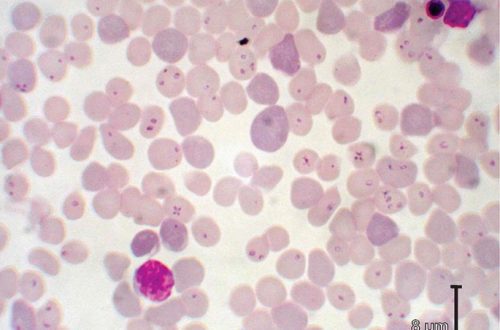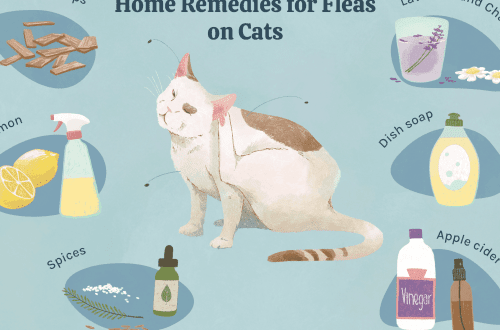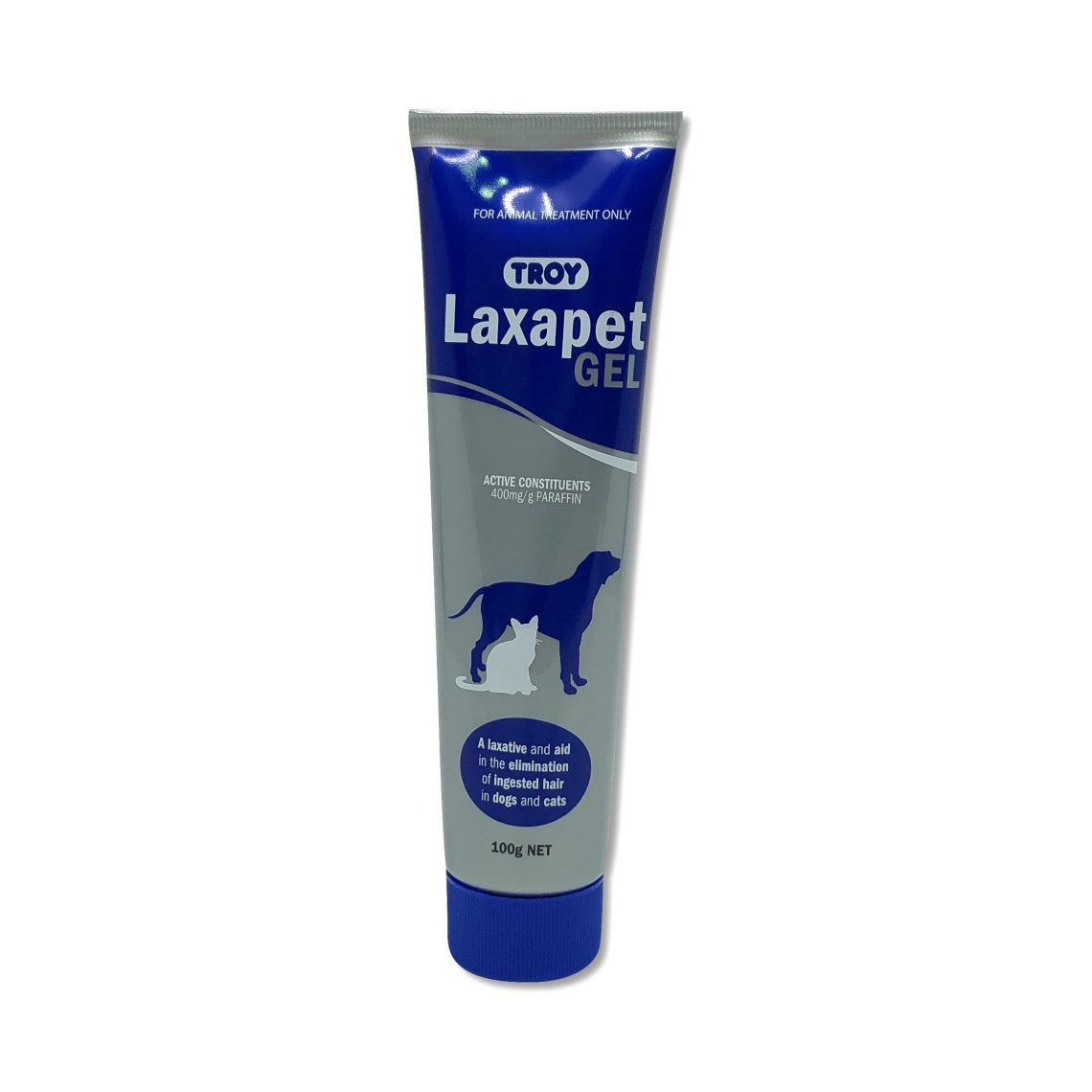
Laxative for cats
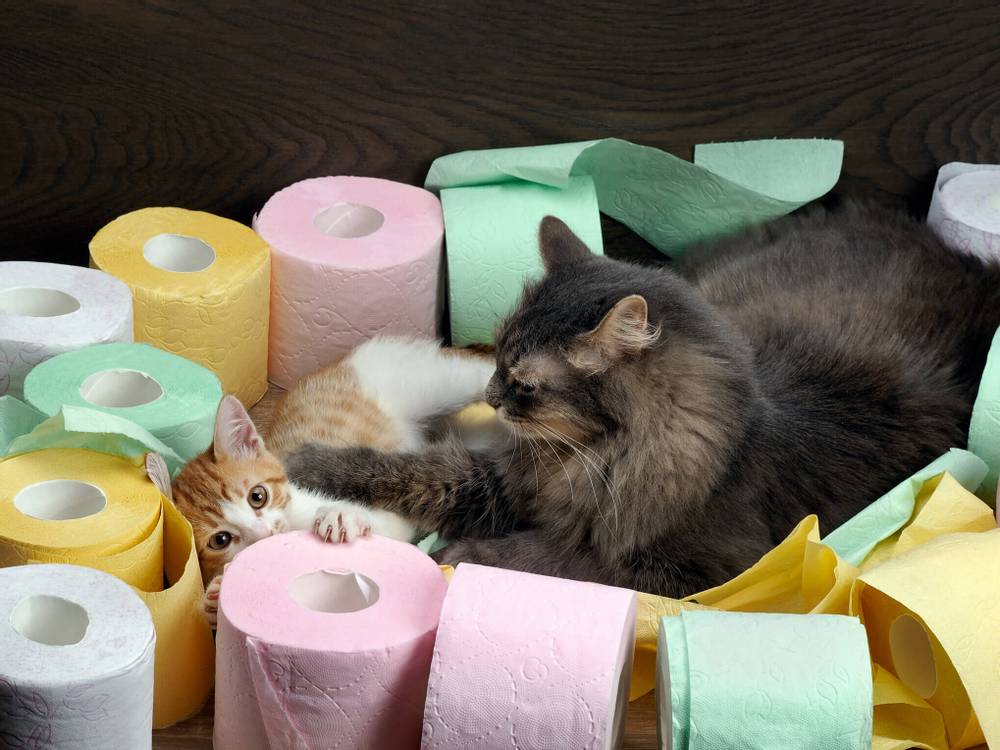
Constipation can be caused by a violation of the diet, an unbalanced diet, or the ingestion of non-food items into the intestines. Constipation in cats is accompanied by many serious diseases: diseases of the liver and kidneys, injuries that make defecation painful.
Many cats that do not have a serious systemic disease may suffer from a stool retention problem. The reason for this is a sedentary lifestyle, a violation of the drinking regime, a diet with a lack of fiber or, conversely, with its excess.
The psychological aspect for cats is very important: an uncomfortable tray, unsuitable filler, a toilet organized in a noisy place – all this can provoke stool retention, and constipation will form a second time.
Contents
Cat Laxative Essentials
It is necessary to evaluate the expected benefit of using a laxative for a cat with a risk of potential harm and complications;
In case of constipation, first of all, the factor that provoked it should be removed, and only then should the cat be given a laxative;
If symptoms of pain, rectal bleeding, concomitant vomiting, food refusal, decreased activity occur, immediately seek veterinary help;
Always remember that the symptoms of constipation and acute urinary retention can be similar.
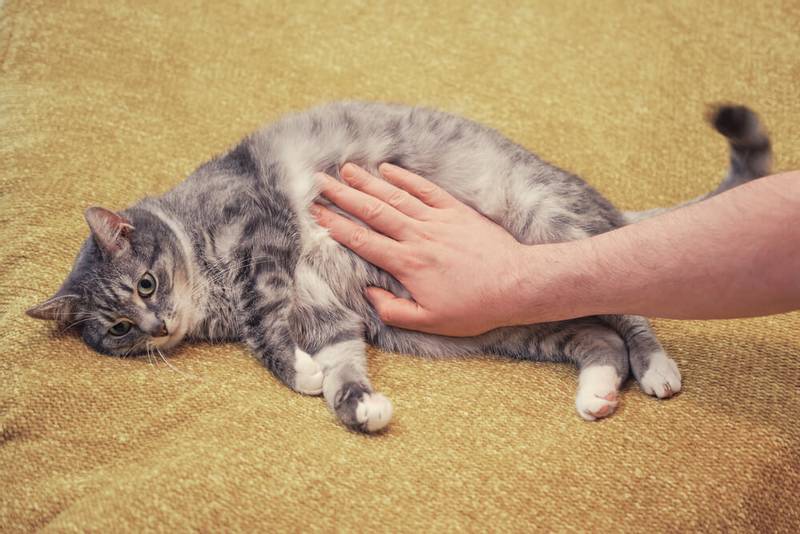
Indications for a laxative
The main indication in which cat laxatives are used is constipation, which occurs for one reason or another.
Also, laxatives are used before operations in the rectum and anus.
Separately, you need to pay attention to the need to use laxatives in conditions where the cat cannot take a position for defecation or tension in the abdominal muscles is contraindicated (fractures, including the pelvis, postoperative pain, trauma).
In many cats, trichobezoars are formed – these are “stones from wool”. Normally, the cat burps them, but sometimes they create a problem with defecation, the owners in such cases say that the cat’s feces look like felt boots.
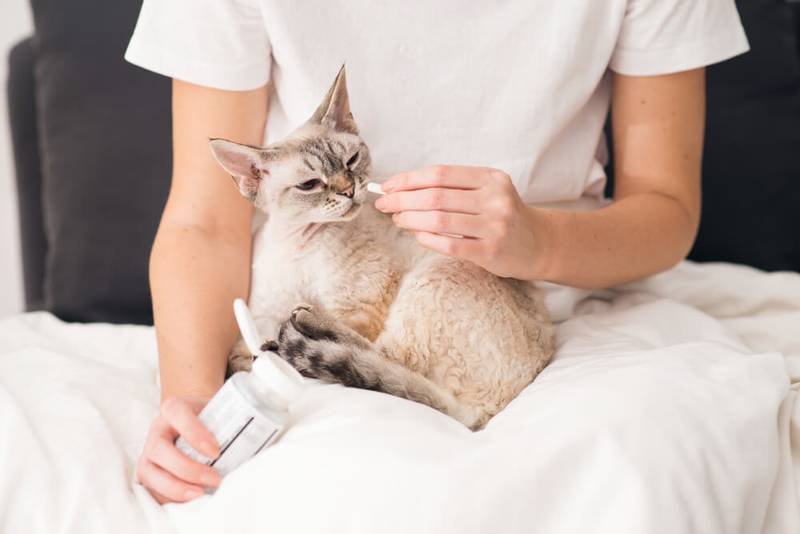
Types of drugs:
Drugs that help soften feces;
contact laxatives;
Laxatives that increase the volume of intestinal contents;
Osmotic laxatives;
Laxatives in enemas;
Other laxatives.
Medications that help soften stools
Here we will focus mainly on vaseline oil. It makes sense to give this laxative to a cat with constipation, if the problem is not chronic, but situational (the cause was gluttony, ingestion of non-food items) or if you need to empty the intestines in the preoperative or postoperative period. Prescribing petroleum jelly for a long time is not advisable, as the absorption of many nutrients is reduced and in the long run this can harm the cat.
It can be given mixed with food or fed separately. It is very important to observe the technique when administering the drug, since if the cat inhales vaseline oil, then there is a high chance of developing severe aspiration pneumonia.

Contact laxatives
Senna holly leaves and castor oil are contraindicated in cats, since in practice these drugs often cause severe vomiting and hemorrhagic colitis in cats.
Laxatives that increase the volume of intestinal contents
Preparations of this series are widely represented in human pharmacology by herbal remedies – from psyllium husks to kelp. Considering that this is a constipation medicine for cats with chronic constipation, and often such a prescription is either long-term or life-long, it is very important that the cat eat the medicine itself, not by force. There are ready-made commercial diets high in soluble fiber and psyllium fiber that improve intestinal transit and soften feces in cats suffering from constipation, delayed intestinal transit, and intestinal discomfort.
Osmotic laxatives
This group includes drugs based on lactulose. Lactulose can be the main active ingredient (“Goodluck”, “Duphalac”, “Lactusan”) or be part of a complex preparation (“Dinolac” – lactulose + simethicone).
Medicines in this group, as a rule, are used for chronic constipation, decreased intestinal motility. Usually prescribed as an adjuvant therapy for diseases of the liver and kidneys, accompanied by symptoms of intoxication.
Laxatives in enemas
Doing a cat cleansing enema at home is not recommended, because this process is traumatic and can be painful. For a cleansing enema, warm water, a solution of sodium chloride, a decoction of chamomile, a weak solution of chamomile or furacillin, vaseline oil are used.
An exception may be a microclyster (“Mikrolaks”). This complex drug is indicated if it is necessary to empty the rectum with constipation of various etiologies.
Other laxatives
For cats from this group of drugs, glycerin detailed suppositories are used. Indications, as for microclysters, are constipation of various etiologies, situations when you need to empty the intestines (surgical interventions in the rectum and anus).
Absolute contraindications, in which a cat laxative is not used, are rectal bleeding of unknown origin, concomitant vomiting.
Laxatives should not be used without consulting your veterinarian if the animal is in pain (forced posture, discomfort when feeling the abdomen), significantly reduced activity, lost appetite.
laxative for kittens
Kittens, like adult cats, may experience problems with defecation. Kittens are more likely than other pets to swallow non-food items. This is due to the fact that the kitten’s tongue has villi that are directed towards the esophagus, and after the kitten has played enough, he is often unable to spit out the object. The presence of a foreign body in the gastrointestinal tract is not easy to diagnose; for this, depending on the situation, doctors often use X-ray and ultrasound examination of the abdominal cavity. Even these measures are not always indicative, and sometimes doctors have to perform a diagnostic operation if the risk of intestinal obstruction or perforation of its walls is high. Threads, ropes, fish bones are especially dangerous in this respect.
However, if your kitten has swallowed some non-sharp, non-food object of small diameter while you are there, and you know for sure that this object is non-toxic and non-hygroscopic (for example, a candy wrapper), then you can help the kitten get rid of the foreign body by giving a laxative for kittens. Vaseline oil will be the drug of choice in this situation.
Kittens with chronic constipation caused by helminthiases, feeding errors, skeletal development anomalies, in addition to prescribing a therapeutic diet, need a laxative for kittens. In such a situation, a laxative based on lactulose is the best choice.
Separately, you need to pay attention to kittens with anal atresia. This is such a defect in the development of the anus or terminal rectum of kittens, in which constipation is formed. In females, a fistula can be formed between the rectum and the vagina, and then defecation will occur through it. Sometimes patients live like this for years, so if your kitten has a painful, prolonged bowel movement, if the kitten spends an unusually long time on the litter box, or if it vocalizes heavily, it should be taken to the veterinarian.
There is no need to use a laxative before and after deworming unless your veterinarian advises otherwise.
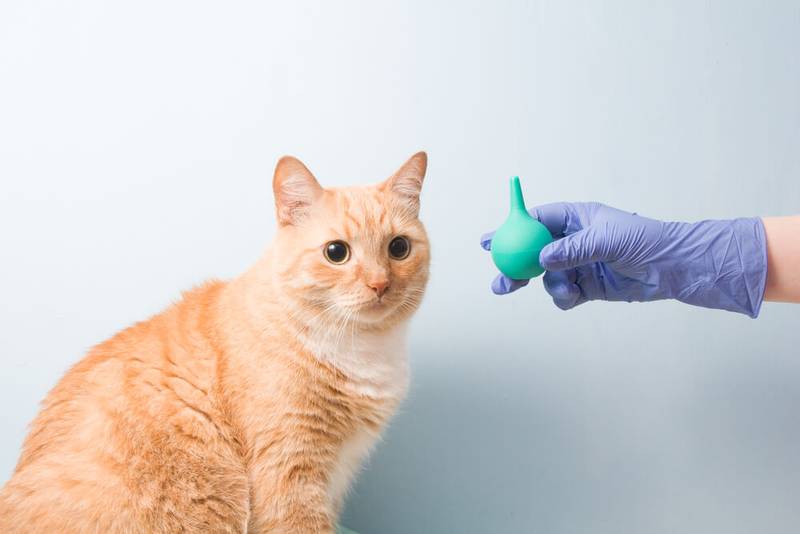
Prevention of constipation
Constipation is a condition in which a cat experiences discomfort, heaviness in the abdomen and even pain. Eliminating constipation with cat oral laxatives or local (enemas, microclysters, suppositories) is a time-consuming process, the cat brings stress and even pain. Megacolon (formation of a large amount of stool in the colon) may require surgery.
All these facts suggest that constipation is better to prevent than to eliminate.
Let’s summarize what we can do for this:
Correct water regime. Many cats drink little, and this problem is especially acute in cats that eat dry food. To cover the need for liquid, you can combine dry and wet food, if the cat does not like to drink water from a bowl, you can purchase a special drinking fountain. Water should always be fresh, comfortable temperature.
A complete diet that meets the needs of your cat. There are many nuances here, it is better to discuss them with a veterinary nutritionist. There are foods containing more fiber for cats prone to constipation. Cats with concomitant pathologies of the kidneys and liver also require special feeding, including to accelerate the release of feces and prevent their stagnation. Cats that eat natural diets must necessarily receive not only meat, but also sources of digestible and indigestible fiber.
Species-specific for cats is the problem of trichobezoars (hairstones). The cat licks itself, the shedding hair enters the digestive system, and “felt boots” are formed. Usually they are small and easily evacuated with stool or regurgitation, but it happens that they gather in large lumps, causing acute and chronic gastritis, enteritis, colitis. Sometimes it comes to the design of the intestine. In order to prevent the formation of trichobezoars, you need to use a special food for long-haired cats, add a special malt paste during periods of molting. And brush your cat regularly, of course.
Very often, constipation is formed in animals with minimal physical activity. When a healthy cat lives literally in the bowl-sofa-tray triangle, you need to make the pet move. This can be done either with the help of a game, or try walking on the street (be sure to use a harness).
Cats are very modest animals. If the cat’s litter box does not meet the needs of the cat psychologically, she may go to the toilet very rarely, and constipation will then form a second time. Many cats require separate litters for urination and defecation. If there are several cats, there should be a minimum of trays by their number +1. Trays should be installed in a quiet place where the cat has round-the-clock access. Which filler is most comfortable for you and your cat can only be understood by experience.
Medical examination. It is impossible to overestimate the effectiveness of this measure in the prevention of cat diseases in general and constipation in particular. If for young cats a simple examination is sufficient, then for older cats it makes sense to include blood, urine, and ultrasound examinations of the abdominal cavity in the annual examination.
The article is not a call to action!
For a more detailed study of the problem, we recommend contacting a specialist.
Ask the vet
December 23 2020
Updated: 21 May 2022




